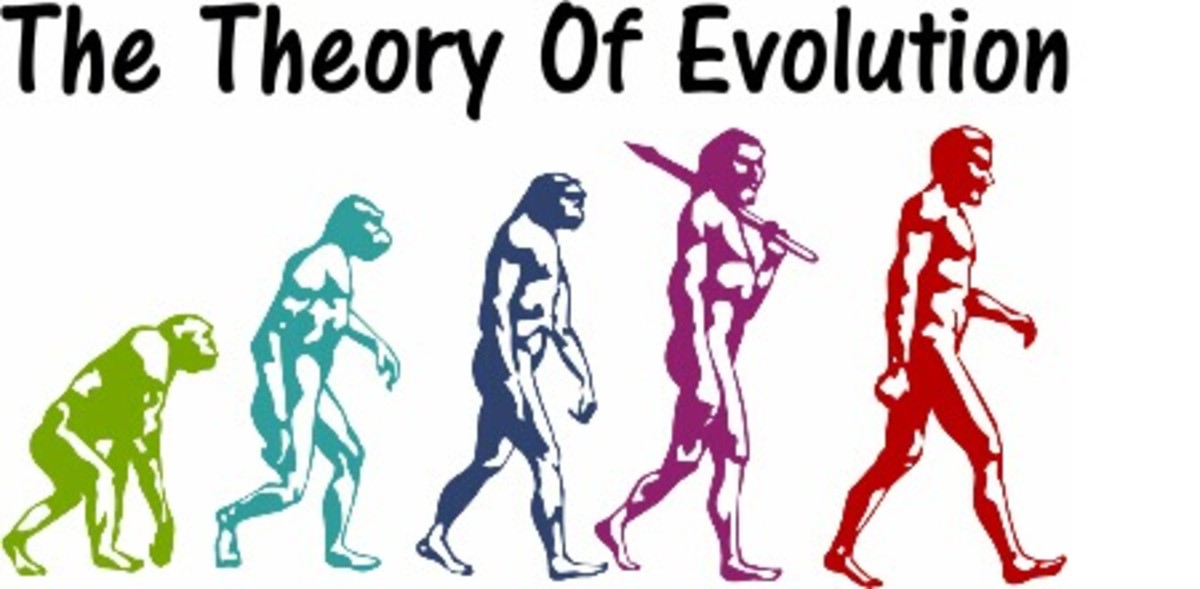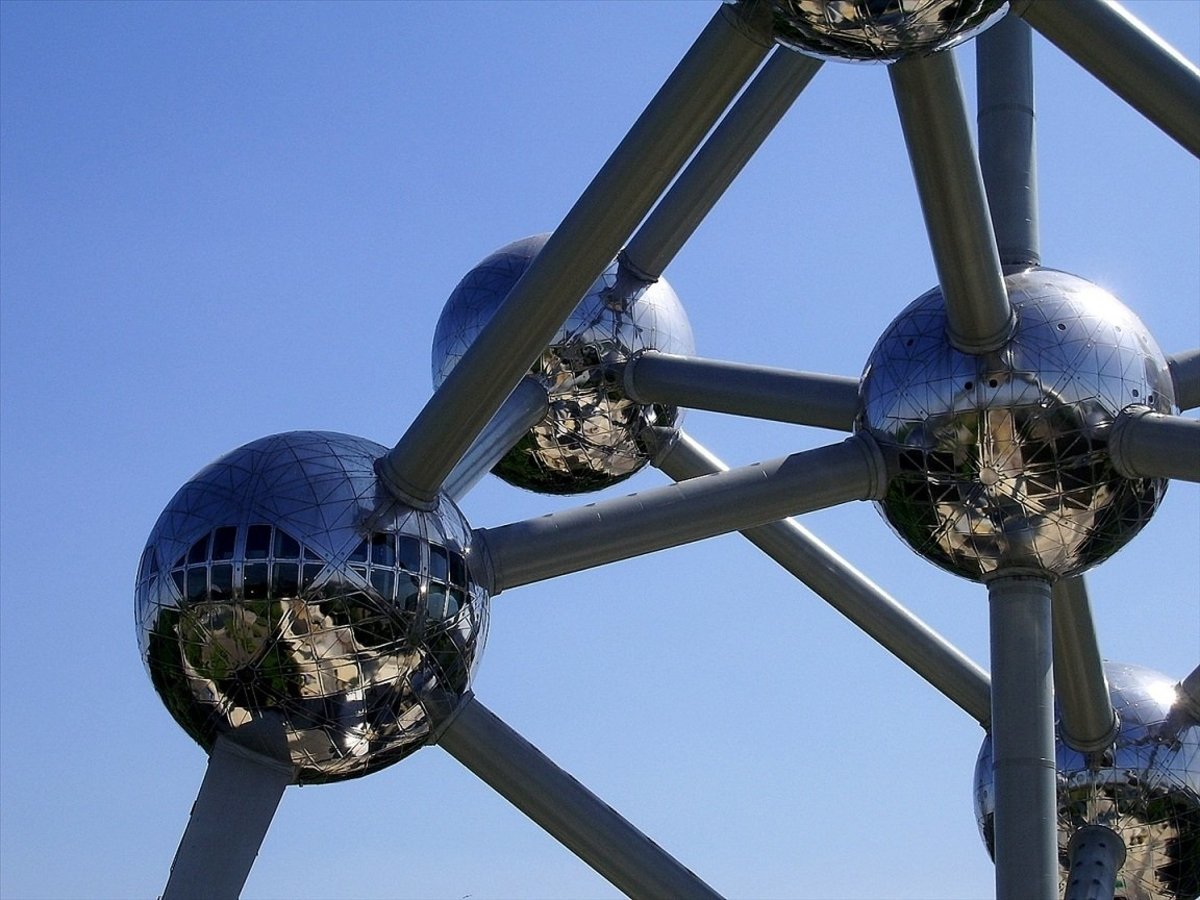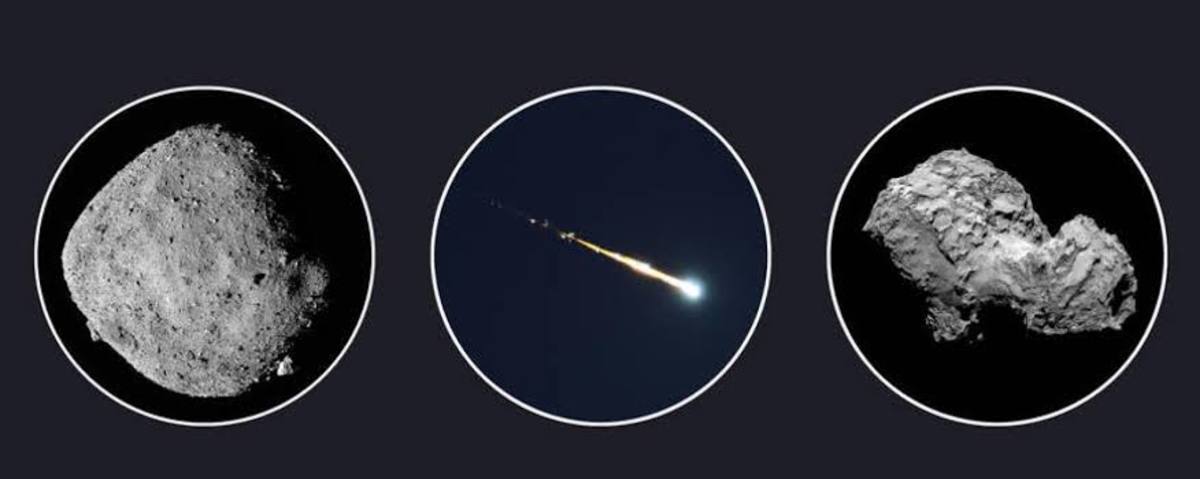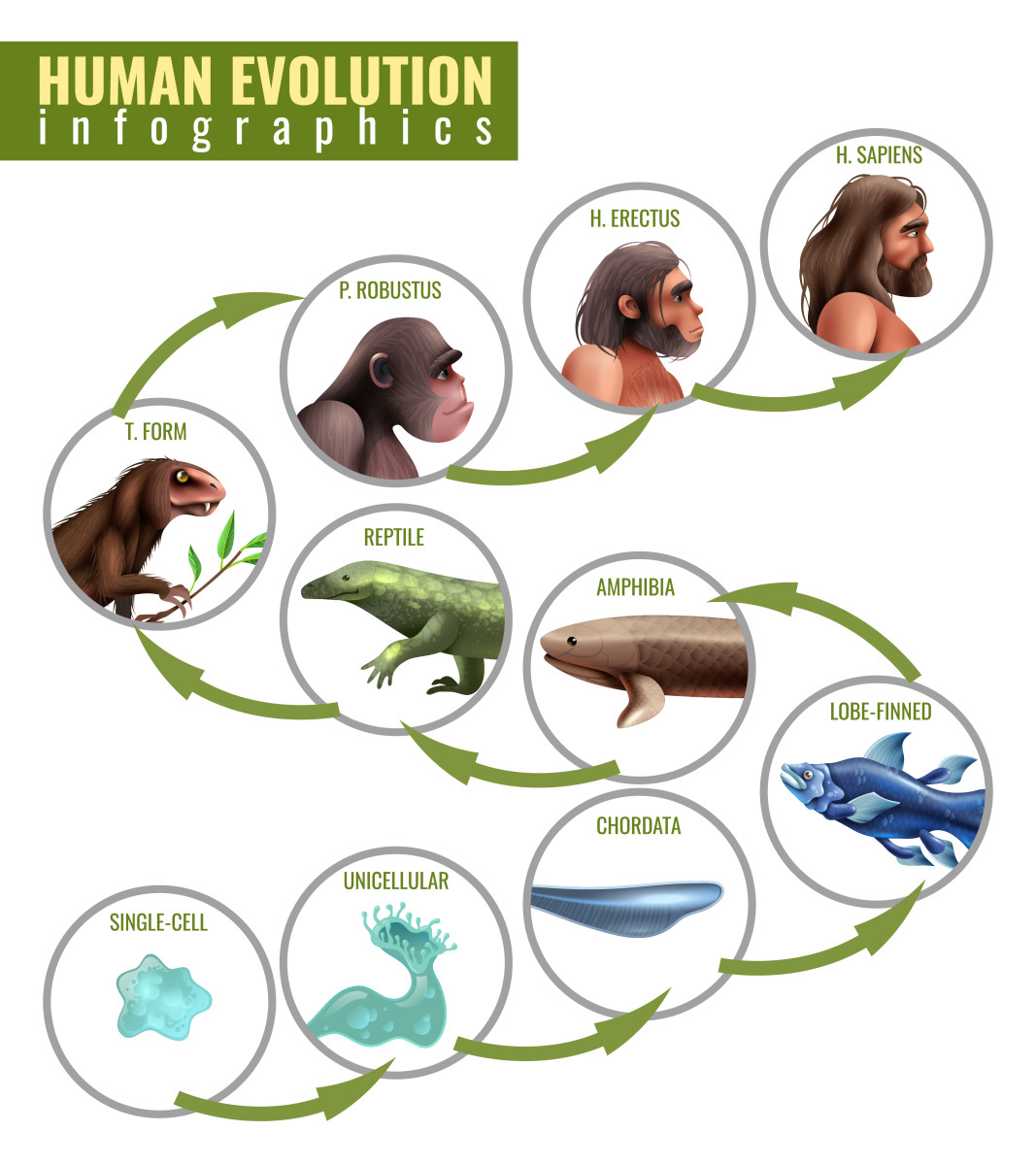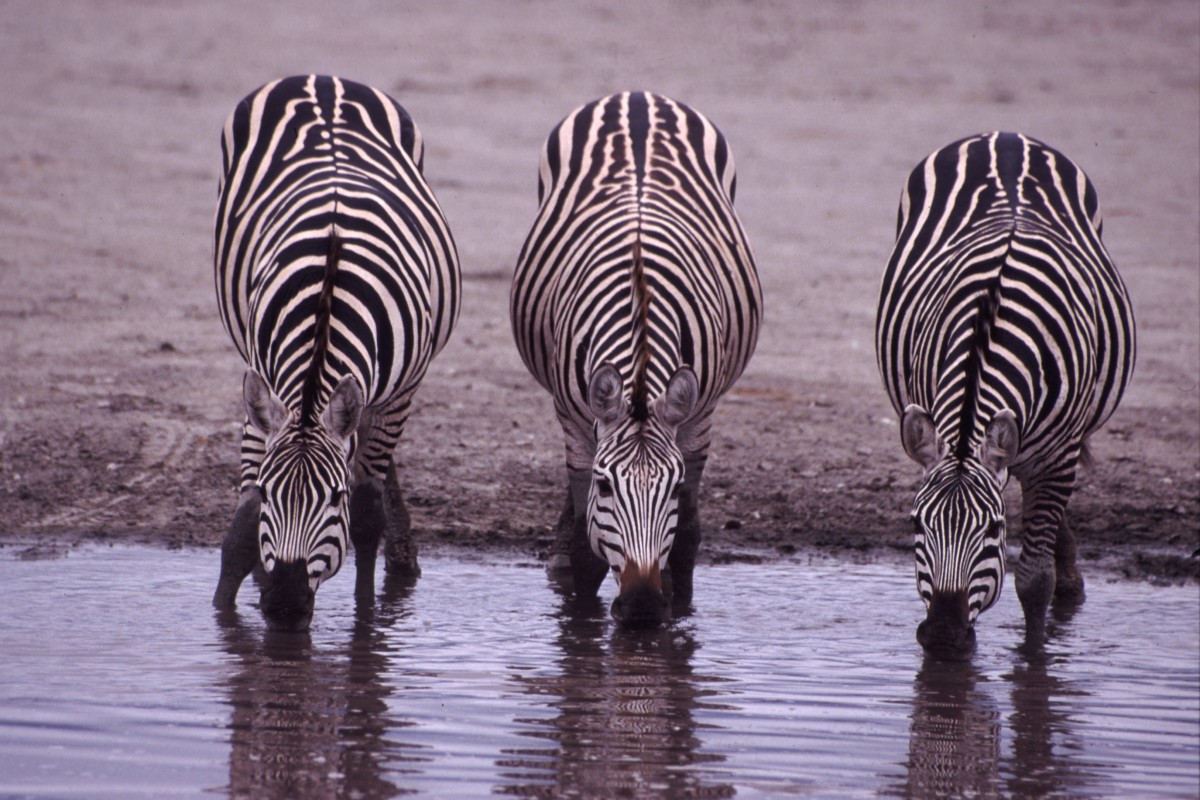The Science of Interconnectedness
We are stardust, billion year old carbon,
We are golden, caught in the devil’s bargain,
And we’ve got to get ourselves back to the garden.”
Joni Mitchell (lyrics from “Woodstock”)
Life began in the womb of the universe, as did the stars, conceived of an interconnected system of elements with a complexity, function and a purpose.
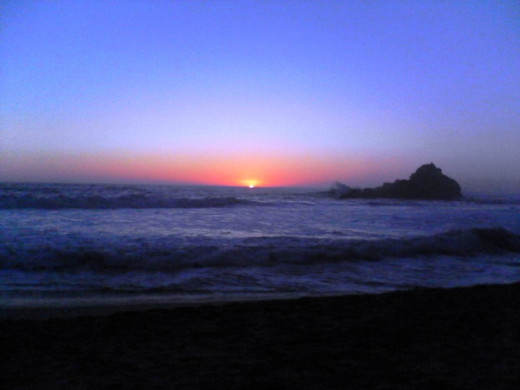
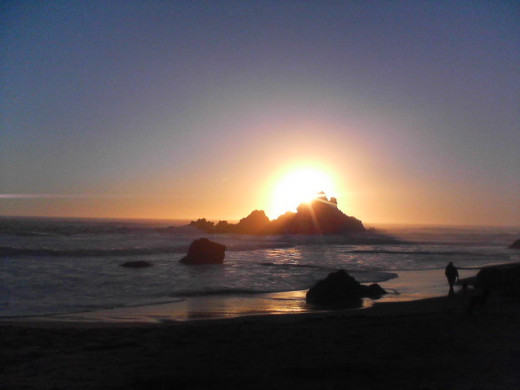
Pondering the universe and our place in it has inspired eminent philosophers and brought about remarkable advances in science and technology. Of all the physical sciences, the oldest and perhaps the simplest is astronomy, which roughly generalizes all of physical science.
The ancient Greek astronomer Hipparchos compiled the earliest list of observed stars about 120 B.C. (Wyatt, 1974) and 250 years later, Ptolemy developed the geocentric or “earth-centered” system that persisted for nearly fourteen centuries. Moslems translated essential Greek works into Arabic and built observatories to watch the skies and record information that lingered for several centuries while the science of astronomy made no progress in Europe (p. 137).
By the 13th century, Ptolemy’s work was translated from Arabic to Latin by Europeans and then by the 16th century, the fundamental assumptions of cosmology were challenged by Copernicus, who’s De Revolutonibus Orbium Coelestium (published the year of his death) was banned by the Catholic Church as heresy (p. 138).
The progression of science and technology since then includes Galileo’s telescope by which the moons of Jupiter were seen and Sir Isaac Newton who observed that the “same laws of nature work throughout our solar system” (p. 146). Newton’s theories of planetary motion and gravity went unchallenged until Einstein’s more general theory of gravity in 1917 was accepted. Particle physicist and cosmologist Lisa Randall stated “Einstein’s unique theory of relativity combined with quantum mechanics make the story a bit more interesting; Society’s view of the universe, time and space changed with Einstein…” (Randall, 2011, p. 252).
“Change is the essence of nature on planet Earth” (Muller, 1978, p. 3). Present scientific knowledge agrees in some sense with ancient creation stories from many different lands in that “the universe did not always exist but was created at a definite point in time” (p. 6). Most scientists believe that the known universe began about fifteen billion years ago when “all matter and energy was compressed into a single nucleus” or what Muller (1978, p. 6) calls a “cosmic egg.” Under intense pressure and temperatures of billions of degrees, this nucleus exploded, in an event known as the “big bang,” the theory of the expanding universe whereby the primordial matter separated into atomic particles and then under extreme heat, fused into elements which swirled around space in a cosmic cloud.
Scientists believe that, at this time, there were no galaxies or stars, just “vast clouds of atoms swirling through space” (Muller, 1978, p.7). Every element known to man was spewed into the universe from the explosion of this nucleus where it remained for billions of years as primordial matter swirling through space under the force of gravity. The largest clouds, initiating self-sustaining nuclear reactions, began to glow as stars and from this process our own solar system took form (Muller, 1978).
The “nebular theory” suggests that clouds of hydrogen and helium gases along with a small amount of heavier elements and debris that were swirling in a rotational pattern around our sun began to accumulate and increase in size becoming prototype planets and moons (Tarbuck, 1984 p.10). This orderly nature of the solar system confirms the self-ordering, self-organizing properties of the universe governed by the thermodynamic system and gravity as Einstein put forth in his theory of relativity (Wittbecker, 2011), (Goodenough, 1998) and (Randall, 2011).
The key concept here is that the universe and its natural forces have originated and shaped life as we know it in all its complexity and diversity in a seemingly intelligent design and not merely as a product of random processes. Somewhere beyond the arguments of Creationism and Darwinism, there is a movement that extols the theory that there is “clear evidence in nature of intelligent design” (Layton, 2005). Although this movement is very controversial and the scientific community does not recognize its methods, it gives pause to reflect upon the evolution of life, particularly that of human life and consciousness, and the implications for the future.
According to the late systems analyst Donella Meadows, (2008), “A system is an interconnected set of elements that is coherently organized in a way that achieves something (p. 11)...The capacity of a system to make its own structure more complex is called self-organization” (p. 79). These self-organizing systems manifest themselves in the natural patterns and cycles that appear on all levels of matter and energy in the universe, in galaxies, in solar systems, on earth, in ecosystems, even in physical anatomy, spanning the vastness of time and space.
Meadows (2008) described the universe as “messy…it self-organizes and evolves…it creates diversity and uniformity…designing in fractals, with intriguing detail on every scale from the microscopic to the macroscopic” (p. 182). She points out how these “simple organizing principles can lead to wildly diverse self-organizing structures” such as a Koch snowflake or the leaf of a fern.Meadows explains further that because of “a similar set of geometric rules, basically simple but generating utter complexity, the fractal geometry of the average human lung has enough surface area to cover a tennis court” (p. 81).
Wittbecker ( 2011) cites mathematician, logician and philosopher A.N. Whitehead (1861-1947) who suggested that “living beings are self-organizing systems like vortices in an energy flow” (p. 221).Wittbecker described the self-organizing forces of nature as:
"Both an ordering phenomenon and a series of entropic processes which result in hierarchies, where the system adapts to its medium and the medium itself becomes ordered… Life is part of a general order in the universe; stars and planets are increasing in order. Life can be taken to be a property of a thermodynamic system" (p.225)
Lisa Randall, (2011), particle physicist and cosmologist, described the universe as being:
"So wonderful and so frustrating at the same time…beyond our reach and our comprehension, while still appearing to be close enough to tantalize us – to dare us to enter and understand" (p.40); "The universe is in many respects sublime. It prompts wonder but can be daunting – even frightening – in its complexity. Nonetheless, the components fit together in marvelous ways." (p. 42)
Life on Earth came forth from these complex, holistic systems. In other words, life began in the womb of the universe, as did the stars, conceived of an interconnected system of elements with a complexity, function and a purpose.
The geologic time scale goes about 5 billion years back to the time when Earth was formed (Muller, 1978). Early Earth’s atmosphere would have been hot and vaporous and similar to that of present day Venus (p. 12). Once the water vapor began to condense and fall to the ground as rain, lakes and seas began to fill up.As more and more rain condensed out of the atmosphere, weathering processes eroded the barren landscape washing minerals into the bodies of water producing the primordial “organic broth’ rich with synthesized complex organic molecules” (p. 15). Over many more millennia, the “organic broth” coalesced undisturbed because there were no bacteria or other forms of life to consume and digest these complex molecules while they waited for that inexplicable spark of life.
As the Earth cooled, energy in the form of solar radiation and radioactivity from the molten core began reacting with atoms of carbon, hydrogen, nitrogen, oxygen, phosphorus and sulfur – what cell biologist Ursula Goodenough (1998) calls the “Big Six in living systems…creating the “so-called building blocks of life” (p. 19). These chemical processes enabled the self-regulating, complex system of the young planet to organize and adjust itself into the specific environment that would bring life.
Goodenough (1998) stated “Life had no choice but to evolve in the context of quantum indeterminacy and gravitational fields and quarks held together by gluons (p. 4)…Life emerged from nonlife” (p. 27). It would appear as though the designing intelligence of the universe, governing the natural laws of thermodynamics and gravity, had “quickened” the inanimate compounds of the primordial soup into a living wellspring just as it had “quickened” the primordial nebula into orderly planets and moons. If this is the case, then these same natural laws may in fact even have determined the direction in which the evolution of life took place – perhaps even the evolution of consciousness itself!
Wittbecker (2011) explains that “Natural processes are dynamically balanced; some take thousands of years, but all affect one another synergistically…The character of an ecosystem is maintained by a large number of processes” (p. 221). The primary processes of life began with the struggle over acquiring energy in one form or another.That struggle has affected the course of human evolution and consciousness. The struggle for energy today is highlighted by the sources of available energy and the controversial debates regarding those sources.Yet, rational logic tells us that there should be no controversy over the primary sources of renewable energy that the simplest of life forms utilized billions of years ago.
Photosynthesis is the process by which solar energy is captured and stored by plants that take in carbon dioxide, water and solar energy and convert it into oxygen released into the atmosphere and simple carbohydrates stored in their biomass. This is the first trophic level of the “food chain” which is why plants are called the “producers” and all subsequent organisms are called “consumers.”
From there, all the elements of the universe that are comprised within the entire biosphere of our planet are recycled in a natural flow of biogeochemical processes that nurture and support every ecosystem and every community in an interconnected web of life. The hydrologic cycle, which is driven by solar radiation, takes the finite volume of water on the planet through the three phases of vapor, liquid and ice in a circulatory pattern that permeates every part of the earth from the atmosphere to the continents and back to the oceans. The nitrogen cycle, one of the most important nutrient cycles, is how plants and animals produce amino acids, nucleic acids and proteins. Brewer (1988, p. 465) explains the nitrogen cycle in this way:
"Plants take in nitrogen directly as ammonia or nitrate, but animals produce their proteins from proteins in food and decomposers make their proteins from those in dead animal and plant tissue. When proteins are broken down in respiration, a waste product containing nitrogen is produced. The usual cellular waste is ammonia which can be excreted directly or converted to urea that decomposers can obtain and break back down to ammonia. This is then retained in the soil where plants can use it directly, so the basic cycle is complete with important subsystems involving various groups of microorganisms."
We’ve already touched on the carbon cycle with our discussion of photosynthesis but in animals, carbon dioxide is also a byproduct of respiration as well as many natural geologic processes and anthropogenic causes such as combustion of fossil fuels. Once accumulated in the atmosphere, carbon dioxide absorbs solar energy (heat) radiating back from the surface of the earth, warming the atmosphere and thereby warming the earth. This natural process has gone on since the earth first had an atmosphere and plants began photosynthesis. However, in the last 150 years or so, increased levels of carbon dioxide in the atmosphere have caused concern over this “greenhouse effect” that is creating extreme climate changes, intense weather occurrences and threatening sea level rises resulting from melting glaciers as well as the increased ocean acidification as carbon dioxide is absorbed at the ocean surface.But we will address that in the next lesson. As a nutrient of life, carbon in the form of carbohydrates is obtained when “primary consumers eat plants and higher-level consumers eat lower-level consumers as food” (Brewer, 1988, p.463).
The efficiency of food production and consumption in agriculture is also a part of the discussions in creating sound environmental policy. The ideology behind "consumerism" has expanded far beyond the idea of animals eating other animals to obtain their vital nutrients.
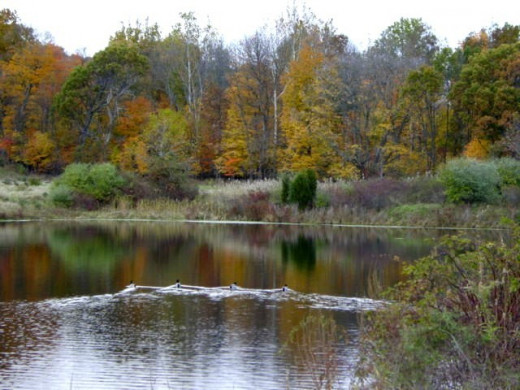
About 3 billion years ago the first life forms appeared to mark the beginning of biologic evolution. Early life forms were simple plants in the sea, similar to blue-green algae, which produced food energy by photosynthesis. According to the fossil record, approximately 2.6 billion years later, more complex forms of life evolved in response to the stresses of unique environments. Life, in turn, acted on the environment, modifying it and introducing new processes that redirected the course of the Earth’s development (Muller, 1978).
Allowed to exist in a natural state, the interconnected ecosystems of our environment and the substrates that support them would continue to function in this dynamic perpetual balance. The geologic and fossil records document the natural fluctuations and cycles of this natural balance that have occurred throughout Earth’s approximate 4.6 billion years. Yet, in the last 15,000 years or so as the population of a relative newcomer and recently civilized species, Homo sapiens, or as we are better known, “Humankind”, has grown and migrated throughout the world, the impact of our increase has left an unmistakable footprint on the natural world, our environment. Evolving in response to “the stresses of unique environments,” we have acted upon our environment, modified it, and introduced new processes that are redirecting the course of Earth’s development.
Our human quest for knowledge may help us understand the scientific account of the evolution of life and the self-organization of natural laws that have culminated in our current global civilization, differing worldviews and paradigms. Perhaps, our journey will lead us into a humbling, spiritual experience of awe and wonder. This question certainly will not be answered in the beginning of our quest, but it surely will lead us to further possibilities for growth and an emerging awareness, an “ecological consciousness,” that should align us with the dynamic balance of the natural world. In the words of biologist Ursula Goodenough (1998, p.30) “Emergence is inherent in everything that is alive, allowing our yearning for supernatural miracles to be subsumed by our joy in the countless miracles that surround us.”
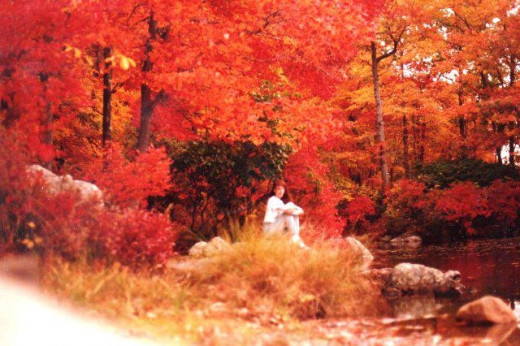
Works cited:
Brewer, R. (1988). The Science of Ecology. Philadelphia: Saunders College Publishing.
Goodenough, U. (1998). The Sacred Depths of Nature. New York: Oxford University Press.
Layton, J. (2005, September 26). How Intelligent Design Works. Retrieved from How Stuff Works, Inc.: http://people.howstuffworks.com/intelligent-design.htm
Meadows, D. H. (2008). Thinking in Systems - A Primer. White RiverJunction: Chelsea Green Publishing.
Muller, R. A. (1978). Physical Geography Today: A Portrait of a Planet. New York: Random House.
Randall, L. (2011). Knocking On Heaven's Door: How Physics and Scientific Thinking Illuminate the Universe and the Modern World. New York: Harper Collins Publishing.
Tarbuck, E. J. (1984). The Earth - An Introduction to Physical Geology. Columbus: Charles E. Merrill Publishing Company.
Wittbecker, A. (2011). Foundation for Redesigning Places Regions & the Planet. Sarasota: Urania Science Press.
Wyatt, S. P. (1974). Principles of Astronomy: A Short Version. Boston: Allyn & Bacon Inc.


